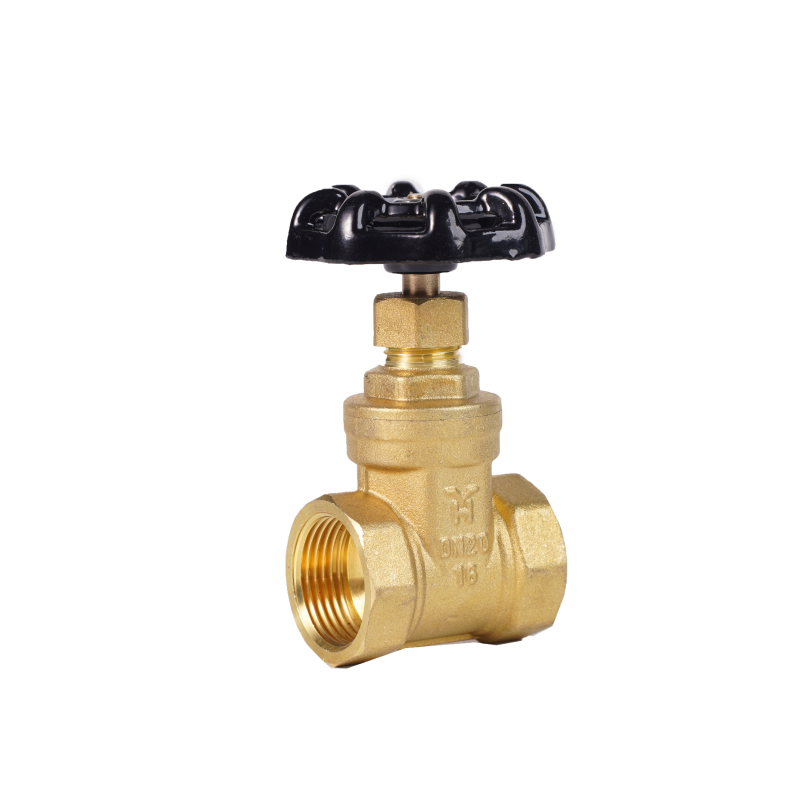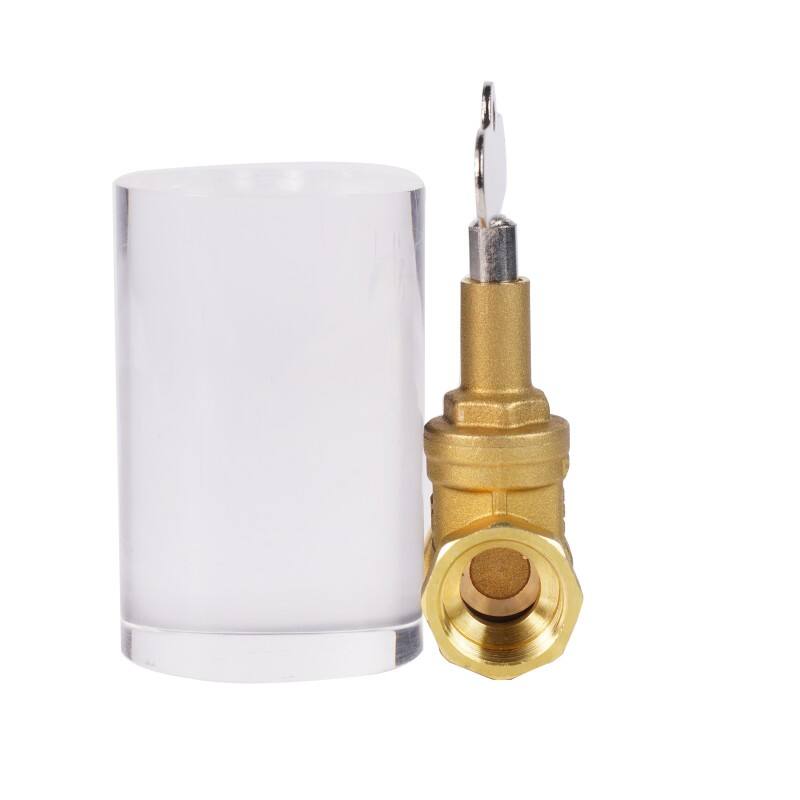Understanding the Power of Gate Valve Technology
In the world of fluid control systems, gate valves have established themselves as the go-to solution for reliable on-off flow control. These robust mechanical devices serve as the guardians of pipeline systems, offering unmatched capabilities in managing fluid flow across various industries. From water treatment facilities to oil refineries, gate valves play a crucial role in ensuring efficient and safe operations.
The fundamental design of gate valves incorporates a flat or wedge-shaped gate that moves perpendicular to the flow path, creating a reliable seal when closed and allowing unrestricted flow when open. This simple yet effective mechanism has made gate valves an indispensable component in modern industrial applications.
Core Components and Design Features
Essential Gate Valve Structure
The heart of gate valves lies in their carefully engineered components. The valve body houses the internal mechanisms, while the bonnet provides access for maintenance and repairs. The stem, which can be either rising or non-rising, connects to the handwheel or actuator and controls the gate's movement. The gate itself, available in various materials and designs, is responsible for the actual flow control.
Modern gate valves often feature advanced sealing systems, including resilient seats and sophisticated packing arrangements, ensuring zero leakage when closed. The body-bonnet joint design incorporates robust gaskets or seals, maintaining pressure integrity under demanding conditions.
Material Selection and Construction
Gate valves are manufactured using diverse materials to meet specific application requirements. Cast iron and carbon steel remain popular choices for standard industrial applications, while stainless steel variants excel in corrosive environments. For extremely demanding conditions, exotic alloys like Monel or Hastelloy provide exceptional resistance to aggressive media.
The seating surfaces often feature special treatments or hardfacing to enhance durability and extend service life. Advanced manufacturing techniques, including precision machining and sophisticated coating processes, ensure optimal performance and reliability.
Operational Benefits and Applications
Superior Flow Characteristics
When fully open, gate valves offer minimal resistance to flow, resulting in negligible pressure drop across the valve. This characteristic makes them particularly suitable for applications where maintaining system efficiency is crucial. The straight-through flow path prevents turbulence and reduces wear on valve components.
The bidirectional sealing capability of gate valves allows them to function effectively regardless of flow direction, providing flexibility in system design and operation. This feature, combined with their excellent shutoff capabilities, makes them ideal for isolation service.
Industry-Specific Applications
In the oil and gas sector, gate valves handle high-pressure crude oil and natural gas transmission. Their robust construction and reliable sealing make them essential for pipeline isolation and maintenance operations. The petrochemical industry relies on specialized gate valves designed to handle aggressive chemicals and extreme temperatures.
Water treatment facilities employ gate valves for main line isolation and process control. Their ability to handle large flow volumes with minimal pressure loss makes them perfect for water distribution networks. Power generation plants utilize gate valves in steam systems, where tight shutoff and thermal cycling resistance are critical.

Maintenance and Longevity Considerations
Preventive Maintenance Strategies
Regular maintenance ensures optimal gate valve performance and longevity. This includes periodic inspection of sealing surfaces, stem packing adjustment, and lubrication of moving parts. Implementing a structured maintenance program helps identify potential issues before they lead to valve failure.
Advanced diagnostic techniques, such as valve signature analysis and ultrasonic testing, allow for condition-based maintenance decisions. This approach optimizes maintenance intervals and reduces unnecessary downtime while ensuring reliable valve operation.
Troubleshooting and Repairs
Common issues with gate valves often relate to stem packing leaks or seat damage. Professional maintenance teams can address these problems through proper diagnostic procedures and targeted repairs. Many issues can be resolved in-situ, minimizing system disruption.
Modern gate valves incorporate features that facilitate maintenance, such as replaceable seats and accessible packing systems. This design philosophy reduces repair time and costs while extending the valve's service life.
Future Trends and Innovations
Smart Valve Technology
The integration of smart technologies is revolutionizing gate valve operation and monitoring. Digital positioners and intelligent actuators provide precise control and real-time performance data. These advances enable predictive maintenance strategies and enhanced operational efficiency.
Internet of Things (IoT) connectivity allows for remote monitoring and control of gate valves, reducing the need for manual intervention. Advanced analytics help optimize valve performance and predict maintenance requirements before failures occur.
Environmental Considerations
Modern gate valve designs increasingly focus on environmental sustainability. Low-emission packing systems and zero-leakage capabilities help reduce fugitive emissions and environmental impact. Manufacturers are developing eco-friendly materials and coating processes to meet stringent environmental regulations.
Energy-efficient actuators and control systems contribute to reduced operational costs and environmental footprint. The industry continues to innovate in sustainable manufacturing processes and recyclable materials.
Frequently Asked Questions
What makes gate valves different from other valve types?
Gate valves feature a straight-through flow path and a perpendicular closing mechanism, offering minimal flow resistance when open and tight shutoff when closed. This design differentiates them from globe valves or butterfly valves, making them ideal for on-off applications rather than flow regulation.
How often should gate valves be maintained?
Maintenance frequency depends on service conditions, but generally, gate valves should undergo inspection and basic maintenance annually. Critical service valves may require more frequent attention, while valves in less demanding applications might need maintenance every 2-3 years.
What are the most common applications for gate valves?
Gate valves excel in applications requiring full flow or complete shutoff, such as pipeline isolation, water distribution systems, oil and gas transmission, and process plant isolation. They are particularly valuable in services where minimal pressure drop and reliable sealing are essential.
Can gate valves be automated?
Yes, gate valves can be equipped with various types of actuators, including electric, pneumatic, or hydraulic systems. Automation enhances control capabilities and enables remote operation, making them suitable for automated process systems and smart industrial applications.

